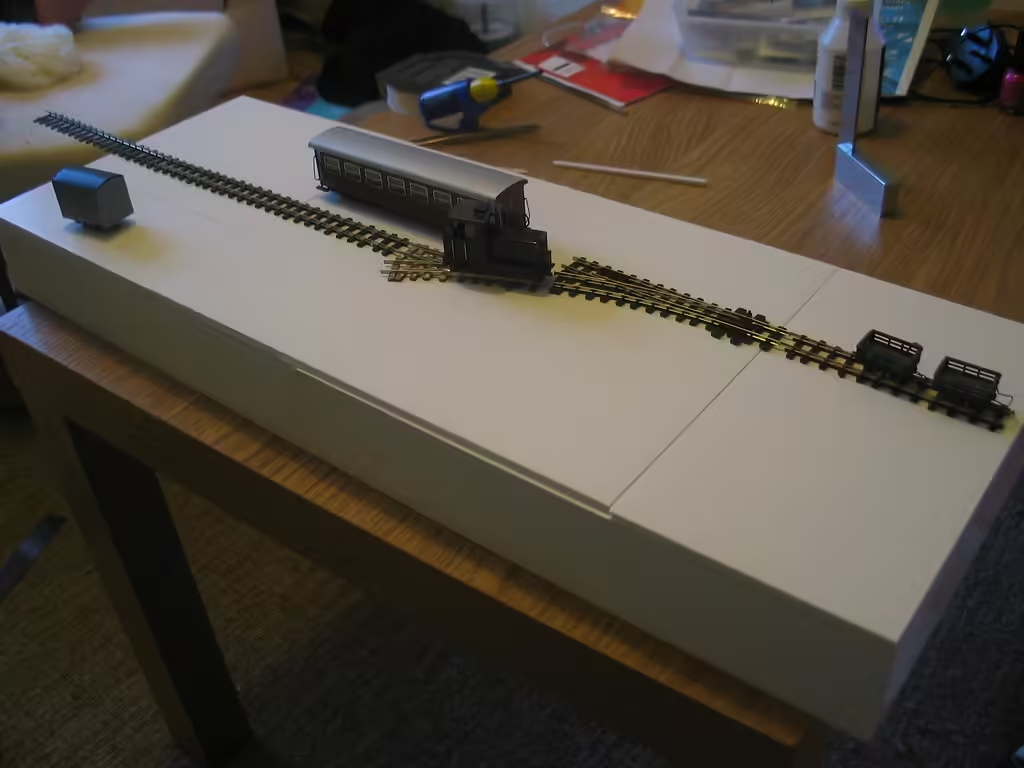
Table of Contents
New baseboard installation seems like an easy do-it-yourself project as long as you don’t have to cut and fit corners. If you’ve ever stapled baseboards in your home, you know the terrifying experience of trying to fit two pieces together perfectly, without leaving any gaps. While it’s rare to cut a house’s walls at an exact 90 degree angle, perfect alignment of two baseboard pieces isn’t always guaranteed, even when you factor in variations in your angle cuts.
You may be thinking, “Who cares?” If you are using paint-grade trim. This is the purpose of polling. Corners of baseboards that have been caulked should look nice, especially after painting. But we assure you that if you do your best to hide the flaws, corners with uneven joints will appear. If your baseboard is solid, stain-grade wood you can skip the caulking.
You can’t cheat by stuffing the joints, so your cuts need to be just enough. The good news is that if you know a few simple procedures, you can easily cut the corners of a flawlessly snug baseboard. Countering this will require inside corners, which isn’t as difficult or overwhelming as you might imagine. Meanwhile, a straightforward method will stop you from making a mistake DIYers often make when calculating angle cuts.
Read more: How To Bring Old Hardwood Floors Back To Life
Coping Helps Inside Baseboard Corners Fit

Coping is a cutting method where the edge of the baseboard is shaped to match the silhouette of the inside corner of the intersecting board. Coping eliminates the need for angled cuts on both sides, which are usually not suitable for inside baseboard corners.
Although the two trim pieces must be vertically aligned when cutting at a 45-degree angle, the walls of the house are virtually never at right angles. A difference of even a few degrees makes it impossible for the two parts to fit together securely. This misalignment is corrected by coping; Even if the corner is not exactly perpendicular, an accurate, beveled edge will meet the crossing baseboard easily.
When facing a baseboard corner, a 45-degree edge cut should first be made using a miter saw for optimal results. Even so, this basic coping saw from Lowe’s will still do a great job of shaping the edge. First place the board you want to cut face down on a flat surface. Then, place another board, edge-down and perpendicular to the first, on top of it.
Now, draw the silhouette shape on the board you are cutting using a sharp pencil. Next, cut from the outline to the opposite edge of the board at a 45 degree angle. Finally, carefully cut to size with a coping saw and cut any necessary relief on the edge. Components must fit snugly.
Don’t Just Split The Angle In Two When Calculating Cut Angles

There are moments when we cannot cope. For example, to accommodate two baseboard halves on an outside corner you need to cut strictly at an angle because facing is only effective on the inside corners. Likewise, you may find it challenging to trace and cut accurately with the shape of the silhouette. In these situations, you need to measure the corner where the two walls meet and use that measurement to determine the angle cut.
Here’s a common trivia mistake they make: They divide the angle measurement by two. However, this creates a gap in the meters you build. why The edge of the baseboard you are cutting is angled at ninety degrees. Remember that you are cutting the board at right angles to correct this mistake. This is a simple method to find the correct cut angle. To start, subtract the corner angle from 180.
Once the difference is divided in half, adjust your miter saw to the new measurement. For example, if the angle is 89 degrees, subtracting it from 180 gives you 91. When you divide 91 by 2, you have 45.5, which is the angle saw to produce the perfect miter cut.
READ | Petunias: Horticultural 4 Mistakes to Fix Before You Can Taste Them


1 thought on “How to cut baseboard corners like a pro and key mistakes to avoid”